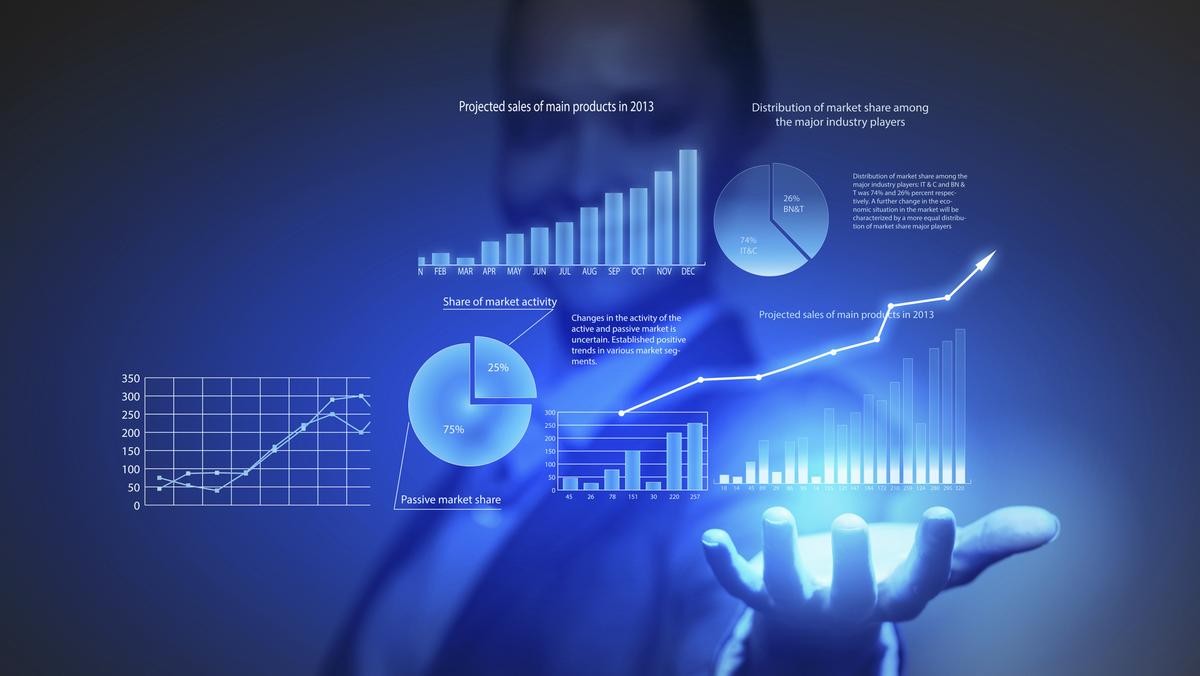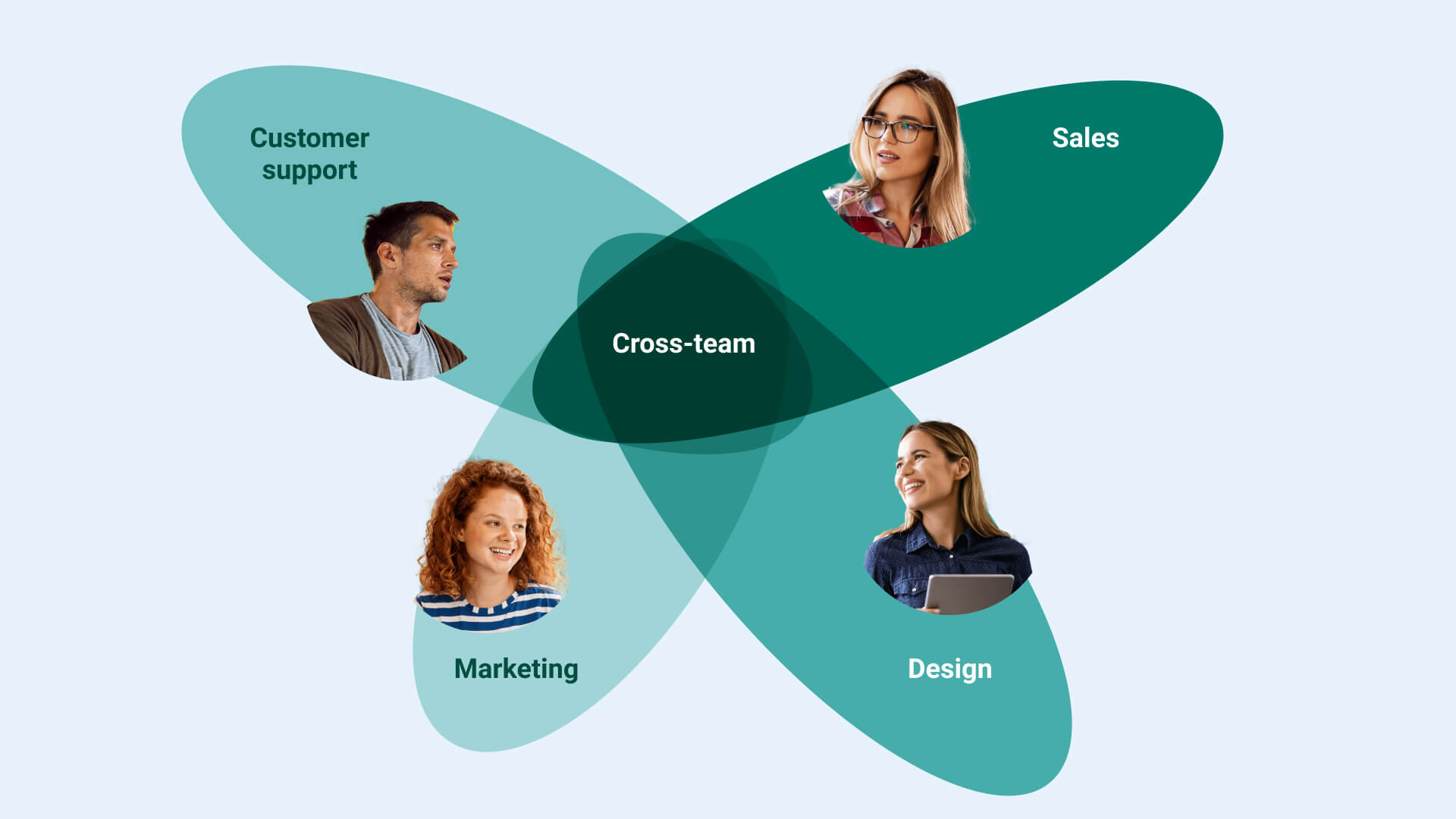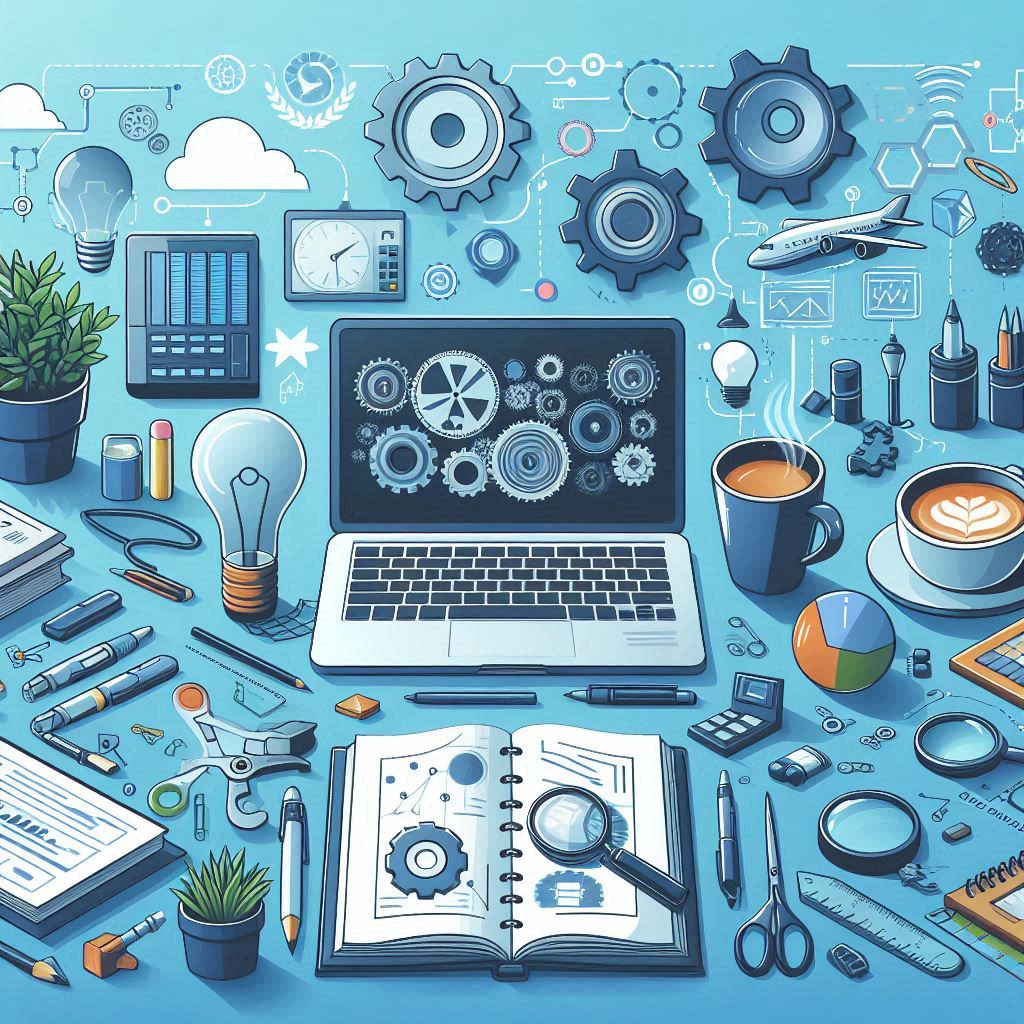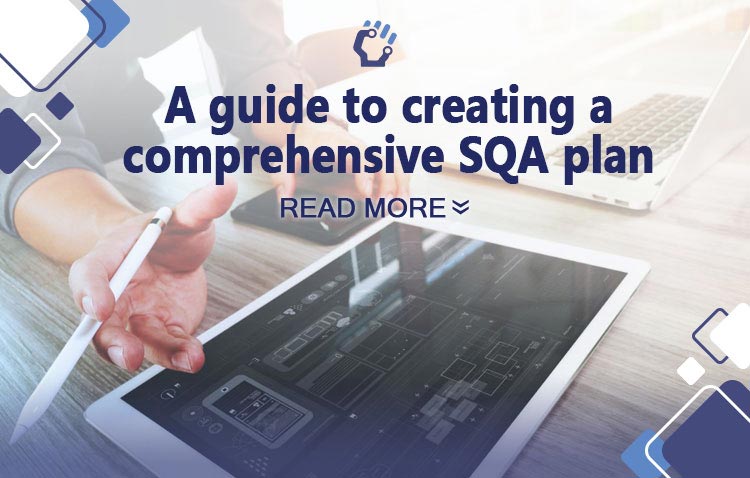In today’s fast-paced digital landscape, creating products that resonate with users is more critical than ever. User-centered design (UCD) emerges as a powerful approach to ensure that our products not only meet user needs but also delight them. In this article, we’ll delve into the significance of UCD, its iterative process, and how it can transform your product development journey.
1. Understanding User-Centered Design (UCD)
User-centered design is not just a buzzword; it’s a philosophy that places users at the heart of the design process. Let’s break it down:
- What is UCD?
- UCD is an iterative design process where designers prioritize users and their needs in every phase of product development.
- It involves a mix of investigative methods (surveys, interviews) and generative techniques (brainstorming) to understand user requirements.
2. The Iterative UCD Process
UCD unfolds in four distinct phases, each building upon the other:
-
Context Understanding:
- Design teams explore the context in which users will interact with the product.
- We identify pain points, user expectations, and the environment.
-
User Requirements Specification:
- Based on our understanding, we specify user requirements.
- What features are essential? How should the product behave?
-
Design Phase:
- Armed with requirements, we create design solutions.
- Wireframes, prototypes, and mockups take shape.
-
Evaluation:
- We evaluate the design against user context and requirements.
- Iterations continue until we achieve satisfactory results.
3. The Whole User Experience Matters
UCD isn’t just about isolated features; it’s about the entire user experience. Here’s why:
-
Cross-Disciplinary Collaboration:
- UCD teams include ethnographers, psychologists, engineers, and domain experts.
- Their collective expertise ensures a holistic approach.
-
Capturing the Essence:
- We aim to capture the whole user experience, not just functional aspects.
- It’s about emotions, ease of use, and delight.
4. The Payoff: Why Invest in UCD?
Investing in UCD pays off in several ways:
-
Customer Satisfaction:
- UCD leads to products that genuinely solve user problems.
- Happy users mean loyal customers.
-
User Engagement:
- Well-designed products keep users engaged.
- They return, recommend, and become advocates.
-
Market Success:
- UCD reduces the risk of launching a dud.
- Successful products resonate with the market.
Conclusion
User-centered design isn’t a luxury; it’s a necessity. By embracing UCD, you create products that people love. So, the next time you embark on a product development journey, remember: users first, always.
FAQs
-
Why is UCD essential for startups?
- Startups often have limited resources.
- UCD ensures they invest wisely by building what truly matters to users.
-
How do you balance user needs and business goals?
- UCD bridges the gap.
- By understanding users deeply, we align their needs with business objectives.
-
Can UCD be applied to physical products too?
- Absolutely!
- UCD principles apply to everything from apps to kitchen appliances.
-
What if users don’t know what they want?
- UCD helps uncover latent needs.
- Through empathy and observation, we discover what users truly desire.
-
Is UCD a one-time process?
- No, it’s ongoing.
- As technology evolves and user expectations change, UCD adapts too.
Remember, UCD
The Importance of User-Centered Design in Product Development
In today’s fast-paced digital landscape, creating products that resonate with users is more critical than ever. User-centered design (UCD) emerges as a powerful approach to ensure that our products not only meet user needs but also delight them. In this article, we’ll delve into the significance of UCD, its iterative process, and how it can transform your product development journey.
1. Understanding User-Centered Design (UCD)
User-centered design is not just a buzzword; it’s a philosophy that places users at the heart of the design process. Let’s break it down:
- What is UCD?
- UCD is an iterative design process where designers prioritize users and their needs in every phase of product development.
- It involves a mix of investigative methods (surveys, interviews) and generative techniques (brainstorming) to understand user requirements.
2. The Iterative UCD Process
UCD unfolds in four distinct phases, each building upon the other:
-
Context Understanding:
- Design teams explore the context in which users will interact with the product.
- We identify pain points, user expectations, and the environment.
-
User Requirements Specification:
- Based on our understanding, we specify user requirements.
- What features are essential? How should the product behave?
-
Design Phase:
- Armed with requirements, we create design solutions.
- Wireframes, prototypes, and mockups take shape.
-
Evaluation:
- We evaluate the design against user context and requirements.
- Iterations continue until we achieve satisfactory results.
3. The Whole User Experience Matters
UCD isn’t just about isolated features; it’s about the entire user experience. Here’s why:
-
Cross-Disciplinary Collaboration:
- UCD teams include ethnographers, psychologists, engineers, and domain experts.
- Their collective expertise ensures a holistic approach.
-
Capturing the Essence:
- We aim to capture the whole user experience, not just functional aspects.
- It’s about emotions, ease of use, and delight.
4. The Payoff: Why Invest in UCD?
Investing in UCD pays off in several ways:
-
Customer Satisfaction:
- UCD leads to products that genuinely solve user problems.
- Happy users mean loyal customers.
-
User Engagement:
- Well-designed products keep users engaged.
- They return, recommend, and become advocates.
-
Market Success:
- UCD reduces the risk of launching a dud.
- Successful products resonate with the market.
Conclusion
User-centered design isn’t a luxury; it’s a necessity. By embracing UCD, you create products that people love. So, the next time you embark on a product development journey, remember: users first, always.
FAQs
-
Why is UCD essential for startups?
- Startups often have limited resources.
- UCD ensures they invest wisely by building what truly matters to users.
-
How do you balance user needs and business goals?
- UCD bridges the gap.
- By understanding users deeply, we align their needs with business objectives.
-
Can UCD be applied to physical products too?
- Absolutely!
- UCD principles apply to everything from apps to kitchen appliances.
-
What if users don’t know what they want?
- UCD helps uncover latent needs.
- Through empathy and observation, we discover what users truly desire.
-
Is UCD a one-time process?
- No, it’s ongoing.
- As technology evolves and user expectations change, UCD adapts too.
Remember, UCD isn’t just about pixels and code; it’s about making a positive impact on people’s lives. So, let’s design with empathy and purpose!








